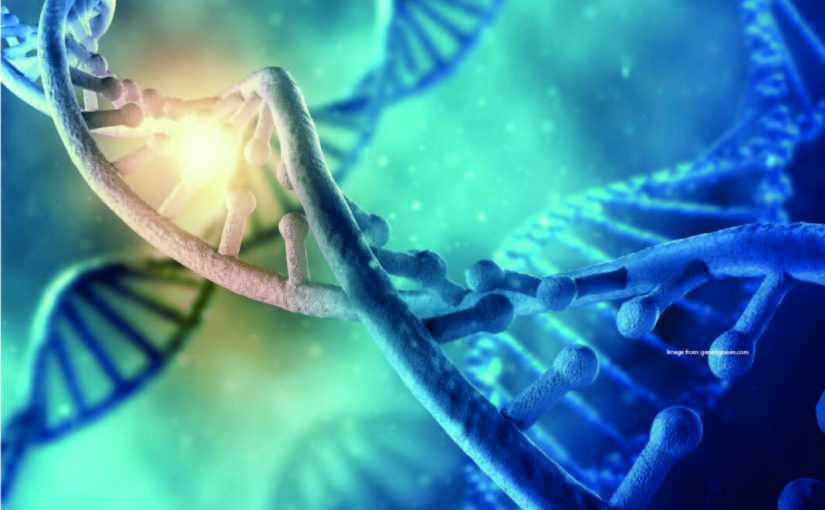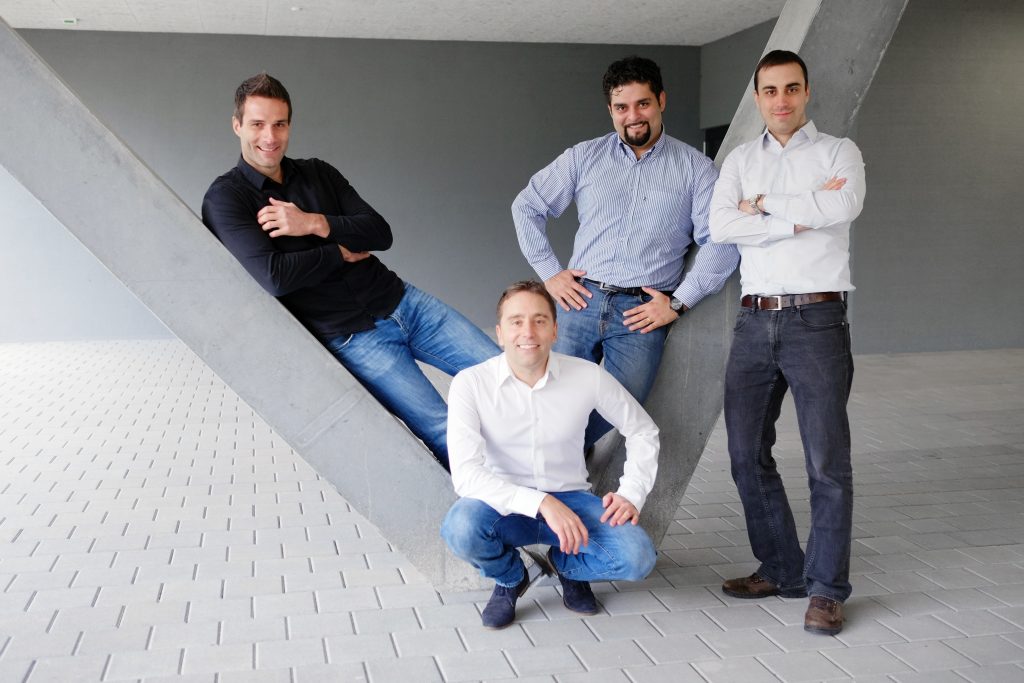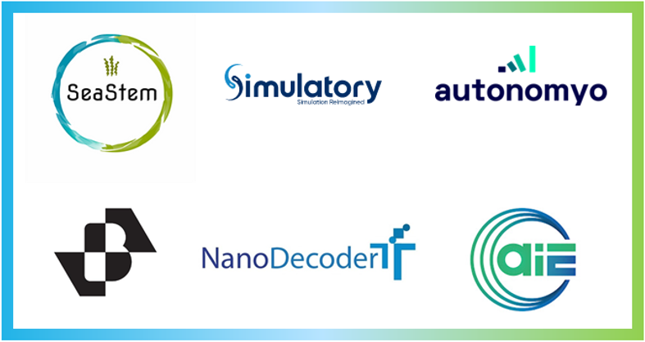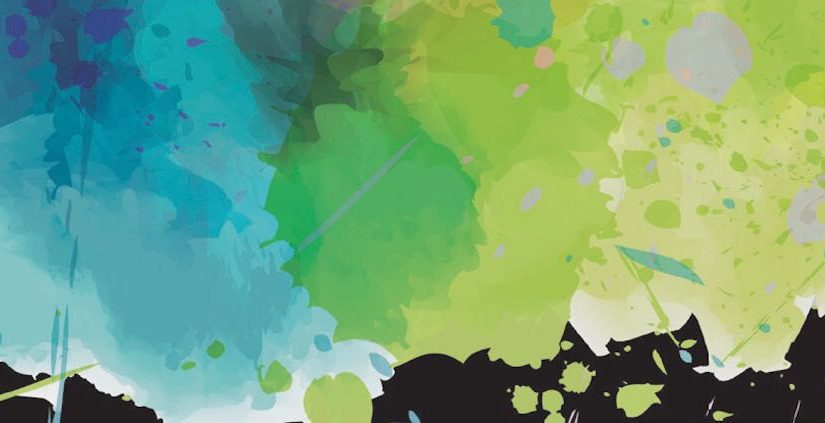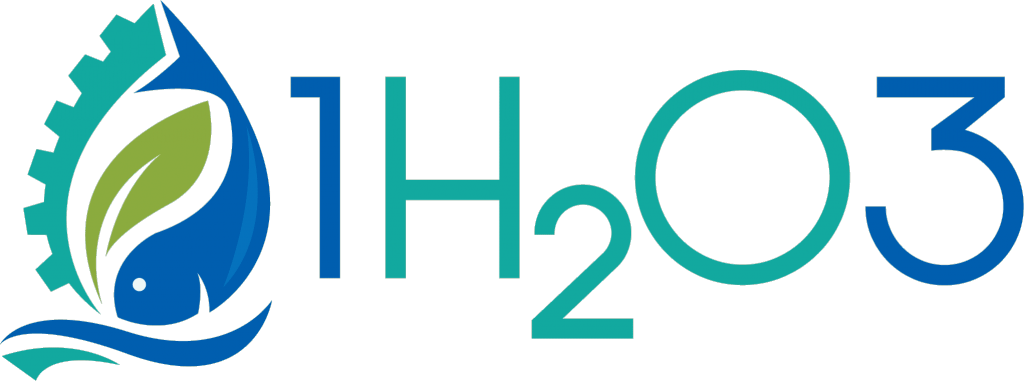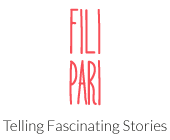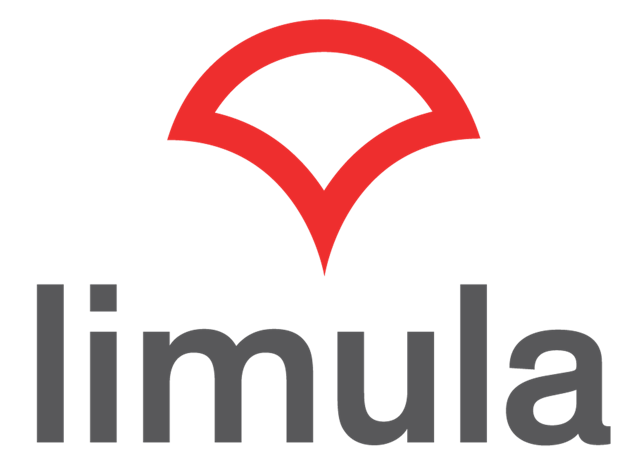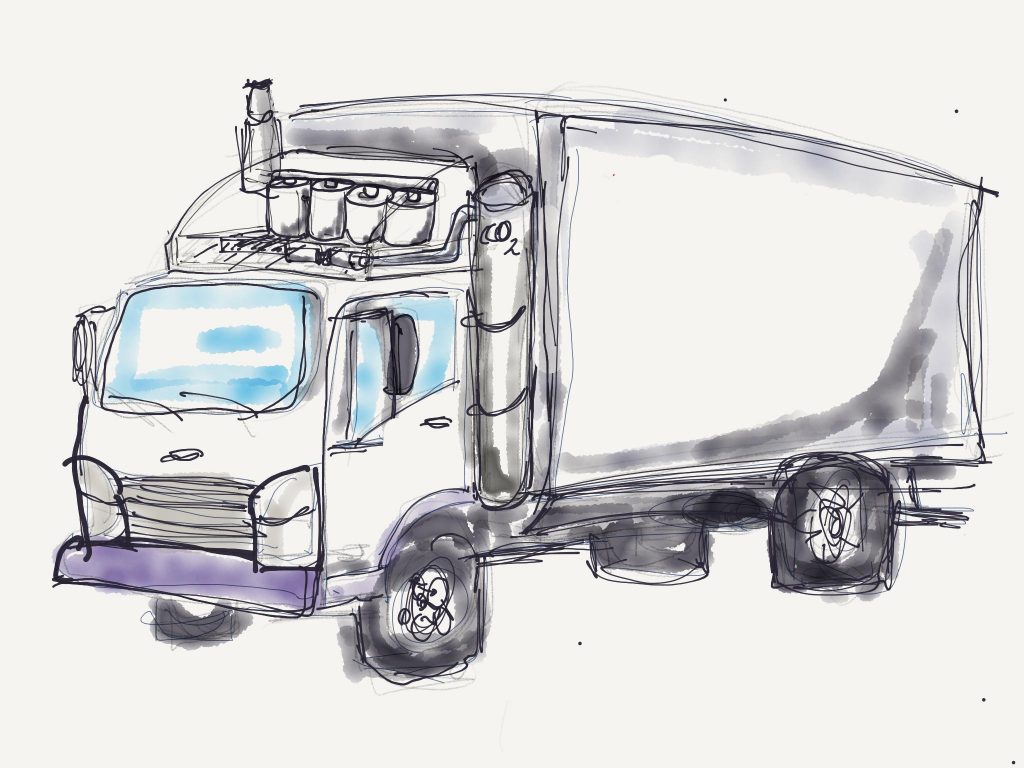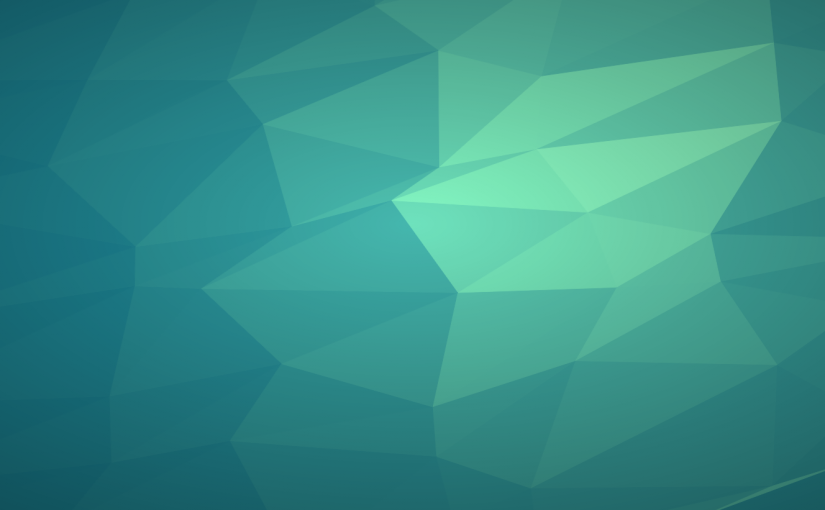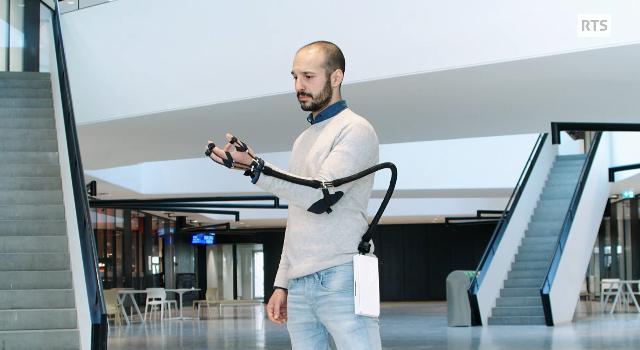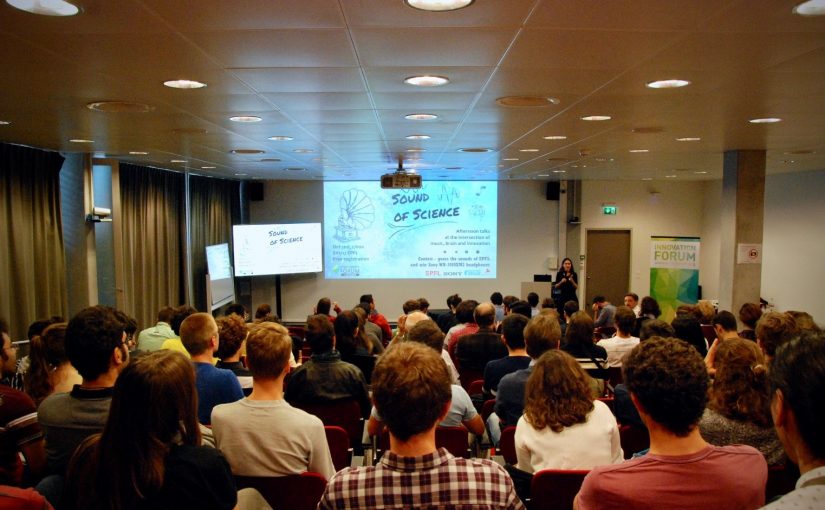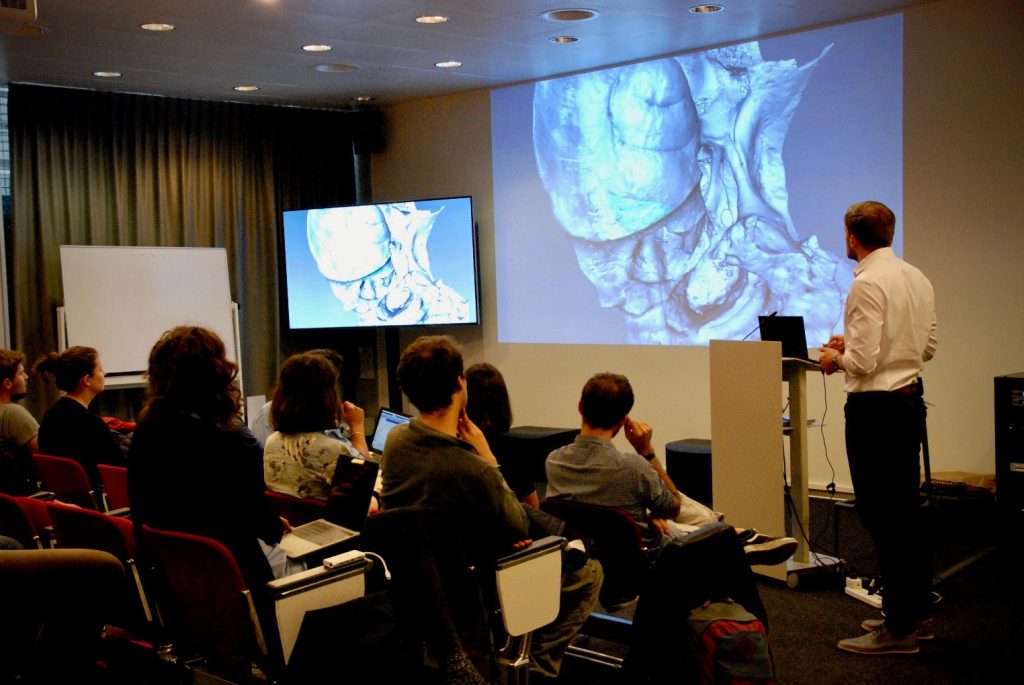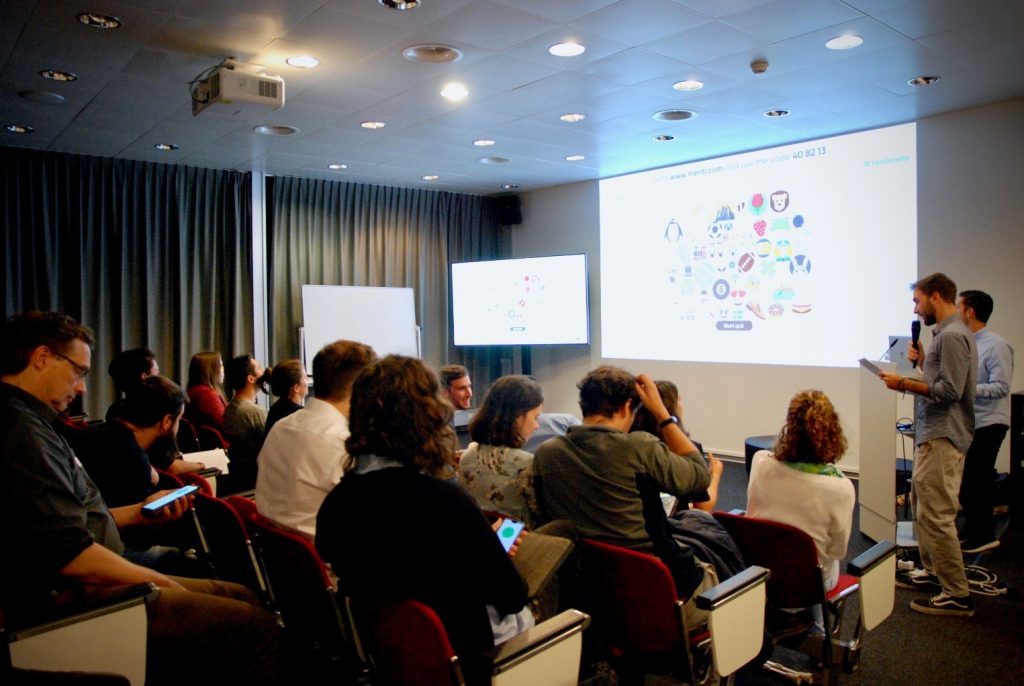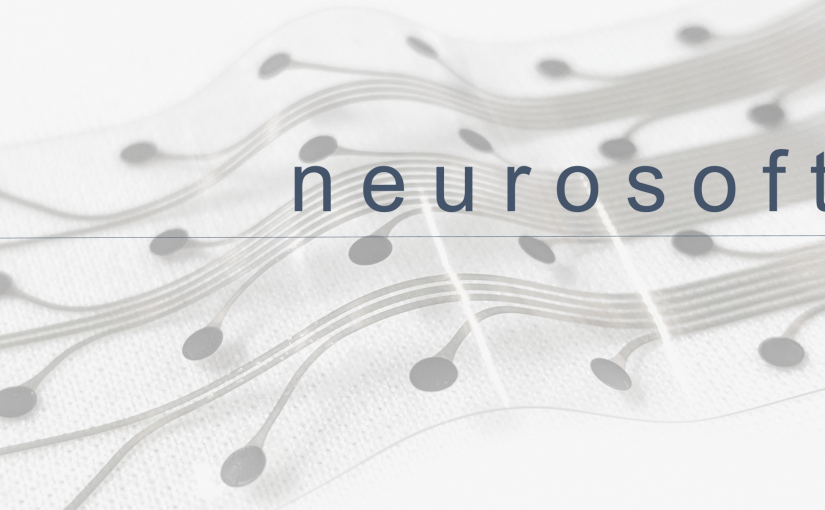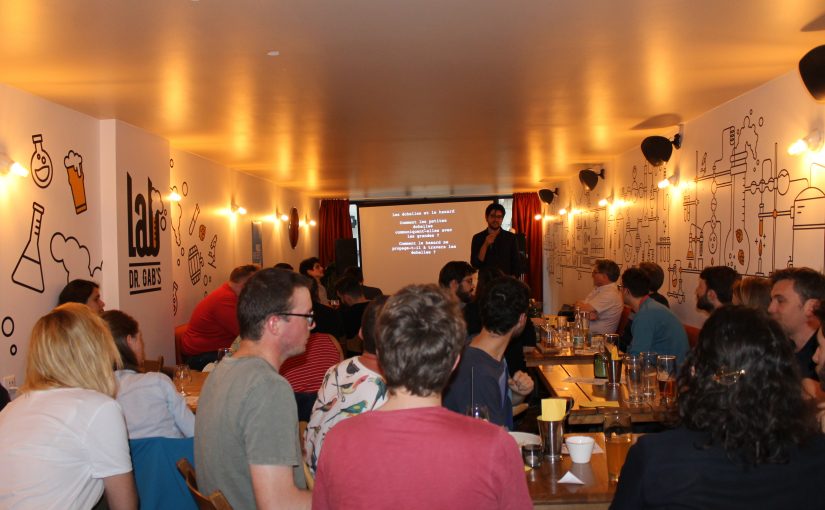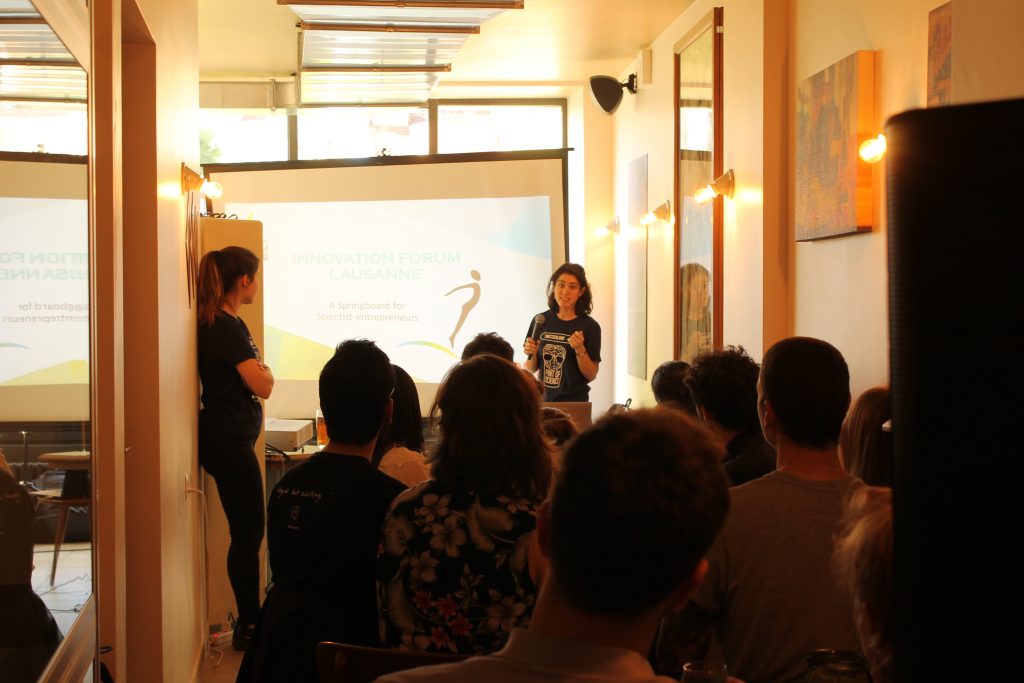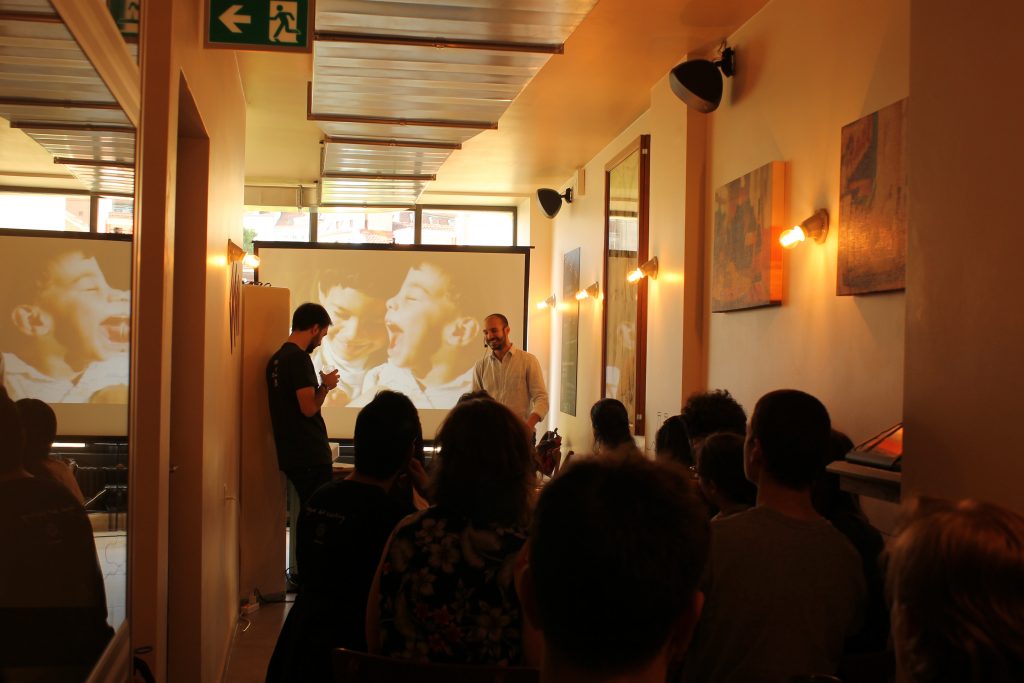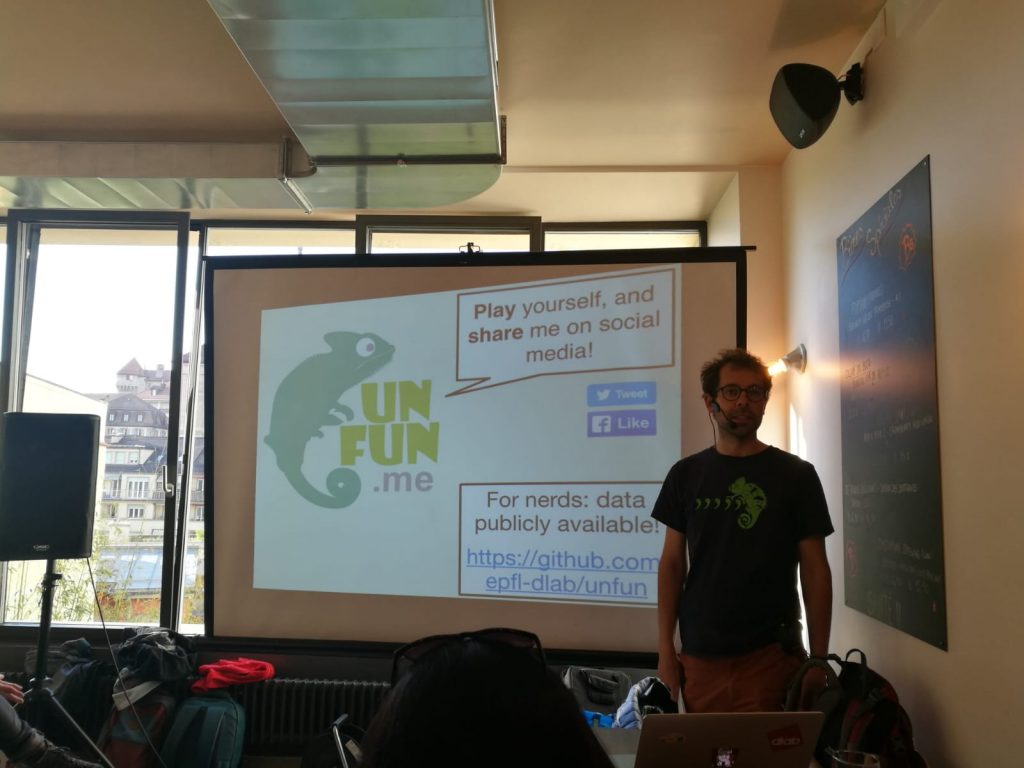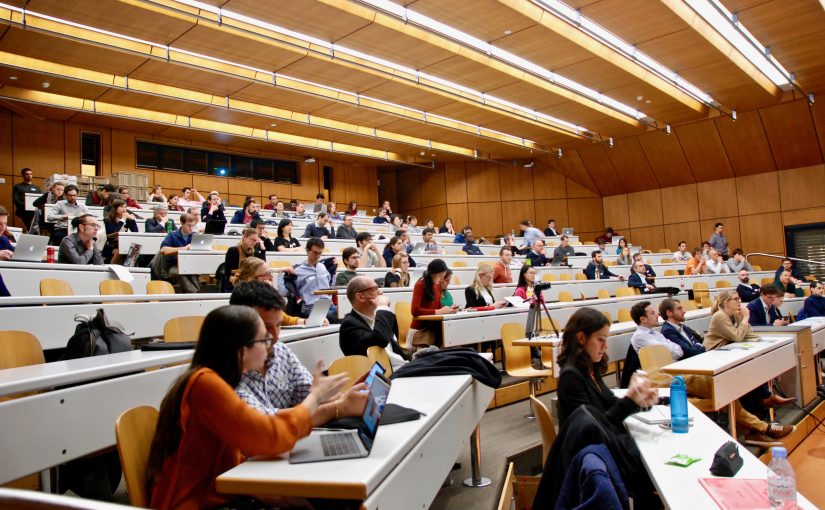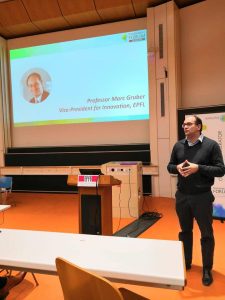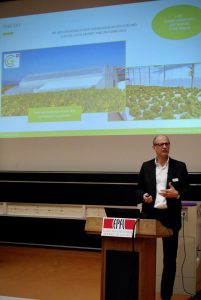Interview by Paris Kosti
Limula is a Life Science start-up based in Lausanne, Switzerland. The company was established with the mission to help bringing the most personalized cancer treatments to the patients in need, at reasonable cost, wherever they are. To achieve this goal, Limula’s multidisciplinary team provides a unique technology for producing CAR T-cell therapies at scale, through automation.
The start-up, founded in 2020, is successfully hitting milestones after the other, with the last one being the announcement of a € 4.7 million EIC grant to Limula and 6 European institutes and technology companies EU.
We had the chance to talk with Luc Henry, CEO of Limula who told us about the start-up, its past and future journey, and shared precious advice for young entreprenurs.
What was the inspiration behind your idea and how was Limula born?
The concept behind Limula’s technology is the brainchild of my CTO Yann Pierson. He identified the problem, invented a solution, patented it, found a name for the company and designed the cool logo. He then asked me if I would be interested to turn all of this into a company. When he showed me his first results, I did not hesitate a minute and we started looking for funding to run a proof-of-concept. I quit my job and helped him structure the project, build a team, all what was needed to take his invention to the next stage of development. We have incorporated a company in November 2020 and spent the past 18 months showing that we could indeed use our device to produce cell therapies.
What market needs are you currently addressing?
The problem we are trying to solve is the worldwide shortage of manufacturing capacity for highly personalised cancer treatments called Cell and Gene Therapies (CGT). Some are already on market, but their production is so complex and costly that only very few patients benefit from their life-saving properties. And with the number of clinical trials currently ongoing, we know that there will be many other cell therapies approved in the future. We want to provide a platform technology to support their manufacturing at scale.
Because of their costs, cell therapies, and in particular CAR T-cell products, are currently used in last resort situations, but there is a clear shift towards earlier line of treatment for indications where they have shown clear benefit. And it is only the beginning. There are 6 FDA-approved gene edited cell therapies, all for haematological cancers, but projections show there could be 100 by 2030, with a clear shift towards solid tumours. It is a very exciting time to be involved.
Can you tell us a bit more about your technology?
Our innovative solution is composed of a mechatronic device for process automation, and a single-use plastic kit containing our core bioreactor technology. We patented the design features that enable very unique functionalities, including in-situ centrifugation. This allows us to keep the precious cells sample in the same container along the entire manufacturing process. In essence, our device encapsulates the entire process, and incorporates multiple automation solutions, while removing the need for manual steps.
We want to help the CGT industry intensify the process, by making more treatment doses per square meter of cleanroom facility.
Who are your competitors and how does your technology differ from theirs (e.g. Miltenyi Prodigy®, Lonza Cocoon® etc.)?
Very early on in the project, I learnt that our biggest competitor is the status quo. The whole field of cell and gene therapy suffers from a lack of truly effective manufacturing solutions. Several actors you mentioned have invested significant resources in developing solutions, but I am more concerned about the culture and regulatory shift required to transition from manual to automated production. In a sense, I consider these solutions trailblazers that will facilitate our market entry when our product is ready. To make sure we have something valuable, we constantly seek inputs from potential users. Every conversation is an opportunity to learn more about the problems they face and the limitations of existing and competing solutions. At the moment, we see a lot of interest for our technology because it performs some process unit operations better than what’s already out there.
Considering that many startups fail, weren’t you afraid of failing (in the beginning)?
I was not afraid of failing when we started two years ago, and I am still not today.
There is no plan B.
I believe that if I looked at an exit door that is not success (selling the start-up to a company large enough to deliver your solution at scale, or going public for doing the same), I would get distracted from the objective. Of course, my co-founders and I have invested a lot into this project, both in cash and in opportunity cost, but if it all stopped tomorrow, I would still consider it a success at a personal level. I meet super interesting people every day, I learn as much as I possibly can while giving a lot to my team and others around me, and I built something that I hope one day will make a difference for patients. This is more rewarding than anything.
What are the most important lessons you learnt in the process of creating your start-up?
The most important lesson I’ve learnt so far is that it is not enough to be convinced ourselves that our solution is better, smarter, cheaper than what already exists. To convince future customers, investors and employees, you need to show them what benefits you bring to them. And that takes a lot of communication skills. Someone once told me: ‘If the story is not clear, the strategy probably isn’t clear either’ – I think it perfectly summarises the problem a lot of deep-tech founders face:
make sure you fully understand your technology and market, but make sure also you clearly express your value proposition to anyone involved.
What, in your opinion, is the most important value an entrepreneur should have to succeed?
The two first values that come to my mind when I think of an entrepreneur are dedication and humility. Dedication because as a team, you have to invest all of your time, energy and intellect to solving a problem with your solution, a job no one else will do for you. Humility because you interact with so many talented people that you have to accept that most of them know better. Actively looking for constructive criticism is the only way to leverage expertise and include all pieces you can collect to the giant puzzle that is a start-up project.
Where do you see Limula and yourself in the next 5-10 years?
Typical interview question! Of course, I want to see Limula thrive, and see our product on the market before 5 years, being used to support a broader access to cell therapies. I really want to become the CEO that makes it possible, and keep surrounding myself with women and men who bring their passion and expertise to the company. The vision is not just to build a machine, but to bring disruptive innovation to this field, and make it possible to produce cell therapies routinely, at scale. I do not want to spoil the surprise, but if everything goes according to plan, Limula will be much more than a tool provider in 10 years.
How supportive was the Swiss ecosystem to build a startup?
Switzerland has an incredibly dynamic and supportive ecosystem, and at the same time is a very comfortable place. Having spent over 10 years abroad during my education and my research career, I feel privileged here and I hugely benefit from being Swiss-born, and I want to be very critical. I am always amazed when I look at the start-up founders in the ecosystem because it seems to me that large majority are foreigners (I could not find any data), and it is much riskier and more complicated for them to launch a company in Switzerland than it is for me.
Apart from that, it is absolutely clear that the geographical situation, the quality of the workforce, the multilingual and multicultural environment, the non-dilutive funding provided by the government for innovative projects, the density of research institutions and the infrastructure in general together make Switzerland one of the best places to launch a fintech, deep-tech or life science start-up.
Can you tell us more about your team?
We are 3 co-founders, and a team of 7 in total. The intrinsic multidisciplinary nature of our project means that we need skills in engineering and biology. That is what I find most interesting in this project: we build a machine that needs to perform highly complex biological processes. So complementary expertise is key. Yann is the inventor. He has a maker attitude and nothing is impossible. Tom brings 10 years of consulting and corporate experience, and has the financial, legal and administrative aspects under control. I spend most of my time discussing with potential partners and customers, and with investors and key opinion leaders. My communication skills are my biggest asset, but my science background is central to my understanding of how we can develop something that is useful at the end.
What do you look for in future members?
Building the team with the right people is clearly one of our biggest challenges. It is not just the skills, but also the right mindset, the willingness to learn and be flexible in a highly uncertain environment. With my co-founders, we are working really hard to give everyone the space to grow with the company, and a chance to contribute to a very exciting project with the necessary resources. It is our responsibility to bear the risk and provide the best possible work environment to our colleagues.
What would be your advice for the wanna-be entrepreneurs out there/people who are thinking to make the step to start a startup company?
Patience is key. As my co-founder Tom always says,
to be successful, a start-up needs 3 things: a great team, a great product and a market opportunity. If you feel like one of these 3 aspects is missing, it may not be worth the risk.
You may learn a lot, but will probably fail. I have been looking for a project like Limula for over 5 years. I had several opportunities, but each time something was missing. If you do not have all 3 aspects at hand, work for someone else, learn as much as you can from other entrepreneurs, about the market, the technologies out there, figure out the gaps and keep an eye out, build your network. When the time is right, do not think twice, jump and invest everything you have into the launch phase. It takes a lot of time, a lot of work and a lot of sacrifice. But it never feels like ‘work’.
SHORT BIO
Luc earned a DPhil (PhD) from the University of Oxford, UK. Before co-founding Limula with Yann Pierson and Tom Eaton, he spent 4 years as a personal advisor to the President of EPFL, Prof. Martin Vetterli. He is a skilled scientist, with 10 years of research experience in chemistry, biotechnology and immunology. He has lived in Sweden, Germany and the UK before he returned to Switzerland in 2012 to launch several entrepreneurial projects at the interface between life science and innovation. In 2014, he co-founded Hackuarium, a community laboratory providing infrastructure and mentorship to over 50 entrepreneurs, artists and curious minds interested in experimenting with technology and biology. In 2015-2016, he was the managing director of European science magazine Technonologist. Luc is also the co-founder of the Science Booster, a crowdfunding platform dedicated to science projects. Over the past 5 years, the Science Booster helped more than 100 projects collect over EUR 1.8M from the crowd.
